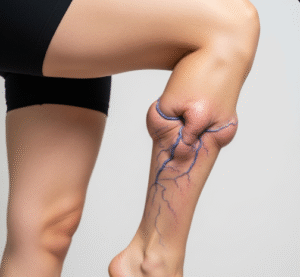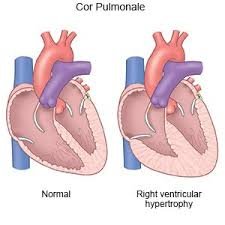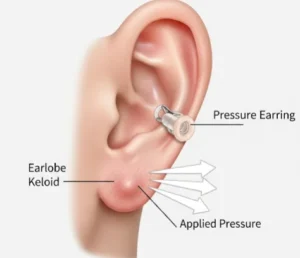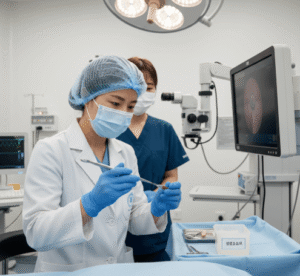Overview
Abdominal adhesions are bands of scar-like tissue that form between abdominal organs and tissues, causing them to stick together abnormally. Under normal conditions, abdominal organs move freely within the cavity. However, adhesions can restrict this movement, leading to complications such as chronic pain, digestive problems, and intestinal blockages.
While many adhesions are harmless and go unnoticed, others can cause life-disrupting symptoms or even life-threatening conditions. Most commonly, they develop after abdominal or pelvic surgery, but infection, inflammation, or trauma can also trigger their formation.
What Are Abdominal Adhesions?
Abdominal adhesions are fibrous bands of tissue that connect organs or internal surfaces of the abdominal cavity that are normally not connected. These can be thin and sheet-like or thick and rope-like, potentially limiting the mobility of the intestines or other organs. They are part of the body’s healing response to injury or surgery but can become problematic if excessive.
Symptoms
Most people with abdominal adhesions do not experience any symptoms. However, when symptoms occur, they may include:
- Chronic abdominal or pelvic pain
- Bloating or abdominal discomfort
- Nausea and vomiting
- Constipation or difficulty passing stool
- Infertility in women (if adhesions involve reproductive organs)
- Signs of bowel obstruction (in severe cases)
Causes
Common causes of abdominal adhesions include:
- Surgical procedures: Especially open abdominal surgeries such as appendectomy, bowel surgery, or gynecologic operations
- Infections: Including peritonitis or pelvic inflammatory disease (PID)
- Inflammatory conditions: Such as Crohn’s disease, endometriosis, or diverticulitis
- Radiation therapy: In the abdominal or pelvic region
- Abdominal trauma: From injuries or internal bleeding
Risk Factors
Factors that increase your risk of developing abdominal adhesions include:
- Having undergone multiple abdominal or pelvic surgeries
- History of infections or inflammatory bowel conditions
- Receiving abdominal or pelvic radiation therapy
- Prior trauma or injury to the abdomen
- Genetic predisposition to abnormal healing or excessive scarring
Complications
Though many adhesions are asymptomatic, they can lead to complications such as:
- Intestinal obstruction: Adhesions can twist or pull the intestines out of place, blocking the flow of food or stool
- Chronic abdominal pain: Persistent or intermittent pain, often difficult to diagnose
- Infertility: Particularly in women when adhesions involve the fallopian tubes or ovaries
- Surgical complications: Adhesions can complicate future surgeries by distorting normal anatomy and increasing the risk of accidental injury
Prevention
While it may not be possible to entirely prevent abdominal adhesions, certain measures can reduce risk:
- Minimally invasive surgery (laparoscopy) instead of open surgery when feasible
- Use of adhesion barriers during surgical procedures to prevent tissue from sticking together
- Gentle and precise surgical techniques to limit tissue trauma
- Prompt treatment of infections and inflammatory conditions
- Early movement and hydration after surgery to promote normal intestinal function
Treatment Options in Korea
South Korea offers advanced and comprehensive care for patients with abdominal adhesions. Options available include:
- Advanced diagnostic imaging: High-resolution CT scans, MRI, and diagnostic laparoscopy to detect and assess adhesions
- Minimally invasive adhesiolysis: Laparoscopic procedures to safely remove adhesions, reduce pain, and restore normal organ function
- Specialized gastrointestinal clinics: Multidisciplinary care from gastroenterologists, surgeons, and pain specialists
- Fertility-preserving surgeries: For women experiencing infertility due to pelvic adhesions
- Post-surgical rehabilitation programs: Including nutrition counseling, physical therapy, and pain management













